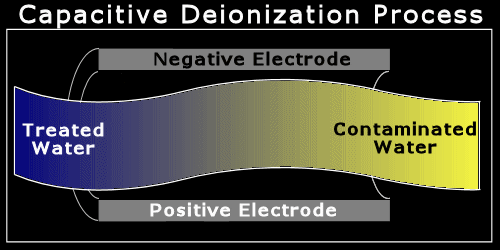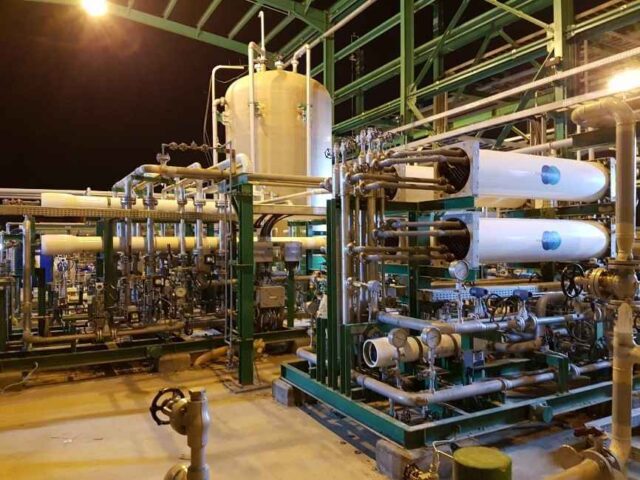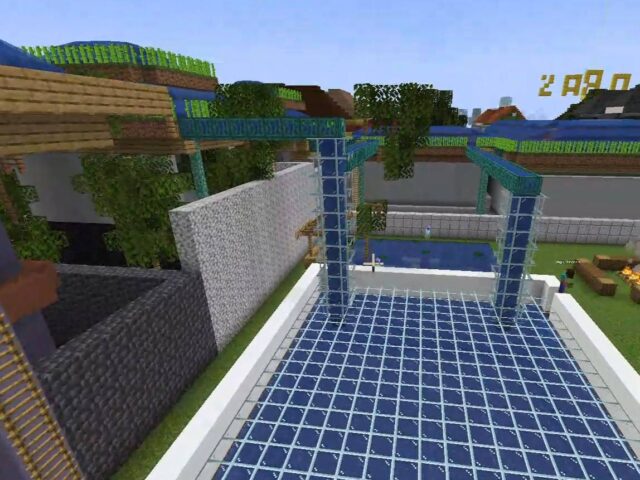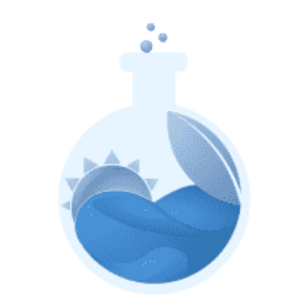Deionization, also known as ion exchange, is a prominent water purification process that effectively removes ions and particles impurities from water. It is one of the purest forms of water and valuable for industries requiring ultra-pure water for specific applications such as for medical, pharmaceutical, and laboratory fields, but also for household use.
The deionization process sends water through an electricity-charged resin bed and typically involves two resin columns: positive and negative columns. Positively charged resin attracts and traps negative ions such as chloride, sulfate, and nitrate. On the other hand, the negatively charged resin attracts and traps positive ions such as calcium, magnesium, and sodium1.

The impurities and contaminants will be left as those processes will produce hydrogen (H+) and hydroxide (OH–) that will be combined to form water (H2O). However, deionization does not remove non-ionic impurities such as organic compounds, bacteria, or viruses2. Therefore, other processes are often used to achieve comprehensive water treatment.
There are so many products that use deionization water including provided as drinking water. Meanwhile, some health experts do not recommend it due to a lack of mineral ions that leads to a nutrient deficit. It is suggested that deionization water is best used mainly for industries due to its pure condition.
Source:





